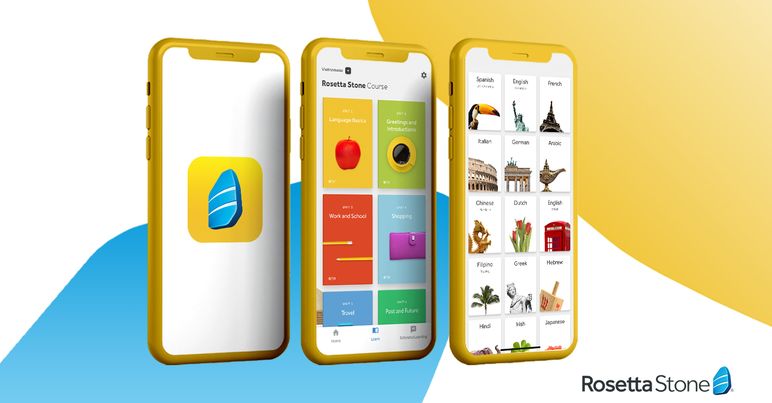In the evolving landscape of modern education, integrating Educational Technology (EdTech) is no longer a luxury but a necessity. EdTech offers an array of benefits, from enhancing student engagement to personalizing learning experiences. However, schools often grapple with various challenges when implementing these technologies. This comprehensive analysis will explore these obstacles and how they can be effectively navigated, drawing on real-world case studies for deeper insights.
Understanding the Scope of EdTech Implementation
EdTech encompasses digital tools and platforms designed to enhance teaching and learning processes. Its scope ranges from simple applications like educational apps to complex infrastructures like learning management systems. The potential of EdTech lies in its ability to make education more interactive, engaging, and accessible. However, realizing this potential requires overcoming significant implementation challenges.
Key Challenges in EdTech Implementation
Integrating technology in educational settings involves navigating various hurdles:
- Budget Constraints: Many schools struggle with limited budgets, making it challenging to acquire and maintain advanced EdTech tools.
- Infrastructure Limitations: A lack of adequate digital infrastructure can impede the effective use of technology in education.
- Teacher Training: Teachers often require additional training to incorporate new technologies into their teaching methods effectively.
- Equitable Access: Ensuring all students have equal access to technology remains a critical issue in many educational institutions.
Case Study: Overcoming Budget Constraints - Success Academy
An inspiring example of overcoming budget constraints is New York's Success Academy (Success Academy). Despite financial limitations, this charter school network successfully integrated technology into its curriculum through innovative funding strategies, such as forming partnerships with EdTech companies and securing grants. This case exemplifies how strategic resource allocation and external funding can enable schools to embrace technology despite budgetary challenges.
Case Study: Tackling Infrastructure and Access Issues - KIPP Public Charter Schools
KIPP Public Charter Schools (KIPP Public Charter Schools) demonstrate how to address infrastructure and access challenges effectively. They upgraded their technological infrastructure and ensured that underprivileged students had access to the necessary devices and internet services. This commitment to providing equitable access highlights the importance of infrastructure development in successful EdTech implementation.
Case Study: Effective Teacher Training Programs - Singapore’s National Institute of Education
Singapore’s National Institute of Education (NIE) showcases the significance of teacher training in EdTech integration. Their training modules are specifically designed to equip educators with the necessary skills and knowledge for effective technology integration in their teaching practices. This case study underscores the critical role of educator preparedness in the successful adoption of EdTech.
Henesys Studio’s Role in Easing EdTech Implementation
Henesys Studio plays a pivotal role in simplifying the EdTech implementation process in schools. The company provides intuitive and adaptable tools and resources that easily integrate into existing educational frameworks. By offering ongoing support and training, Henesys Studio ensures that educators are well-equipped to utilize these technologies effectively.
Strategies for Successful EdTech Implementation
For a successful EdTech integration, schools can employ several strategies:
- Strategic Planning: Develop a comprehensive plan outlining objectives, timelines, and budgetary considerations for EdTech integration.
- Stakeholder Engagement: Involve teachers, students, and parents in the planning and decision-making process to ensure the technology aligns with the users' needs.
- Continuous Evaluation: Regularly assess the effectiveness of the implemented technology and make adjustments as necessary.
Looking Ahead: The Future of EdTech in Schools
The future of EdTech in schools is promising, with emerging technologies like AI, VR, and AR set to provide even more immersive and personalized learning experiences. These advancements could redefine the educational experience, making learning more engaging and effective.
Conclusion
Navigating the challenges of EdTech implementation is crucial for the advancement of education. While the journey is complex, it is also filled with opportunities for growth and innovation. Learning from successful models, engaging all stakeholders, and adapting to changes are key to effective EdTech integration.
Closing Note
As we move towards an increasingly digital future, the collaborative efforts of schools, educators, and EdTech providers like Henesys Studio will be vital in overcoming these challenges. Together, they can create a dynamic and inclusive educational landscape, leveraging technology to enhance learning experiences for all students.








0 Comments